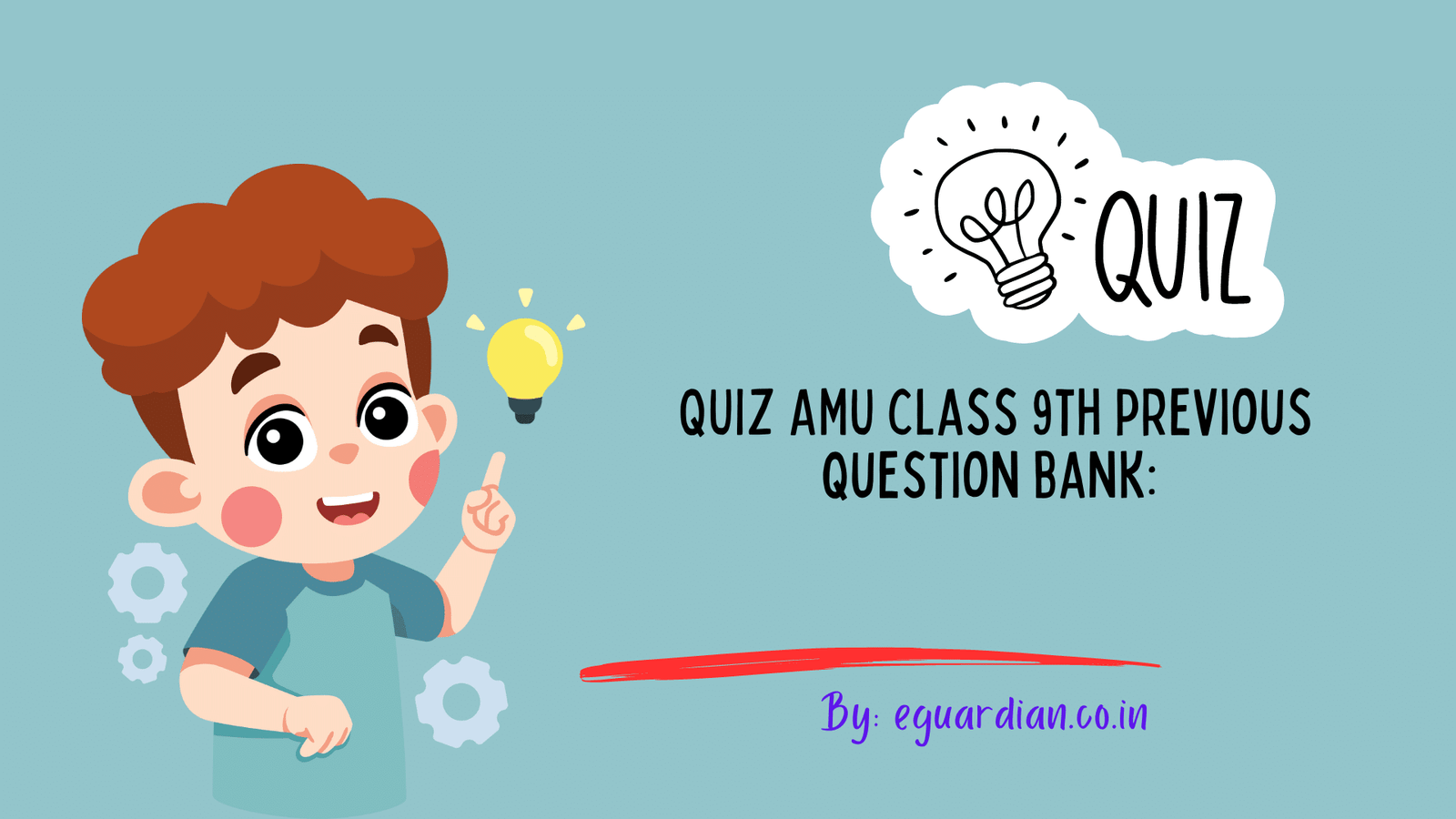Computer Aptitude questions are asked in various entrance exams such as bank exams, IBPS, State Bank, PO, Clerk, UPSC, Competitions, and Entrance exams. Computer Aptitude questions test the basic knowledge of computers that a person has. In this quiz, we will discuss some of the most commonly asked computer aptitude questions along with their answers.
Brief About Computer Science
In 1927, John Vincent Atanasoff and Clifford Berry developed the first electronic computer. The Atanasoff-Berry Computer is generally considered to be the first computer. In 1937, Konrad Zuse described a fully functional computer in his doctoral dissertation.
In 1946, Alan Turing published a paper detailing an algorithm for solving calculations on finite fields using machine code. In 1947, John McCarthy published his article “A Logical Theory of Computation.” In 1956, Grace Hopper invented the first compiler for the digital computer.
Types of Computer Science
Computer science encompasses various specialized areas, each focusing on different aspects of computing technology and its applications. Here are some of the main types of computer science:
1. Software Engineering:
Software engineering involves the design, development, testing, and maintenance of software systems. It encompasses principles and methodologies for building reliable, scalable, and efficient software solutions.
2. Artificial Intelligence (AI):
AI is the study of creating intelligent machines that can mimic human cognitive functions such as learning, problem-solving, and decision-making. It includes subfields like machine learning, natural language processing, and computer vision.
3. Data Science:
Data science involves extracting insights and knowledge from large volumes of data using techniques from statistics, machine learning, and data analysis. It includes tasks such as data cleaning, data visualization, and predictive modeling.
4. Cybersecurity:
Cybersecurity focuses on protecting computer systems, networks, and data from unauthorized access, cyber attacks, and other security threats. It involves techniques such as encryption, intrusion detection, and security policy management.
5. Computer Networking:
Computer networking is the study of connecting computers and devices to share resources and information. It includes concepts such as network protocols, routing, switching, and wireless communication.
6. Database Management:
Database management involves the design, implementation, and maintenance of databases to store and organize data efficiently. It includes tasks such as database modeling, query optimization, and data retrieval.
7. Human-Computer Interaction (HCI):
HCI focuses on designing user-friendly interfaces and systems that enable effective interaction between humans and computers. It includes principles of user interface design, usability testing, and user experience research.
8. Computer Graphics:
Computer graphics is the study of creating, manipulating, and rendering visual images using computers. It includes areas such as 2D and 3D graphics, animation, virtual reality, and computer-aided design (CAD).
10. Software Quality Assurance (QA):
QA involves ensuring the quality and reliability of software products through systematic testing and validation processes. It includes techniques such as manual testing, automated testing, and continuous integration.
11. Cloud Computing:
Cloud computing is the delivery of computing services over the internet, allowing users to access and use resources such as storage, computing power, and software applications on-demand. It includes concepts such as infrastructure as a service (IaaS), platform as a service (PaaS), and software as a service (SaaS).
These are just a few examples of the diverse fields within computer science, each offering unique opportunities for research, innovation, and career development.
Computer Aptitude Questions with answers
Computer Fundamentals Objective Questions and Answers
Conclusion
Preparing for computer aptitude questions is essential for those looking to work in banking and other similar industries. By studying and practicing the questions provided in this Quiz, you increased your chances of success on these types of exams. So good luck, and start practicing more quizzes linked below today!
More Quizzes
- Computer Awareness MCQ Quiz
- Antonyms Quiz for competitive exam
- General Knowledge Questions for Class 7
- Science Quiz Questions and Answers for Class 10




